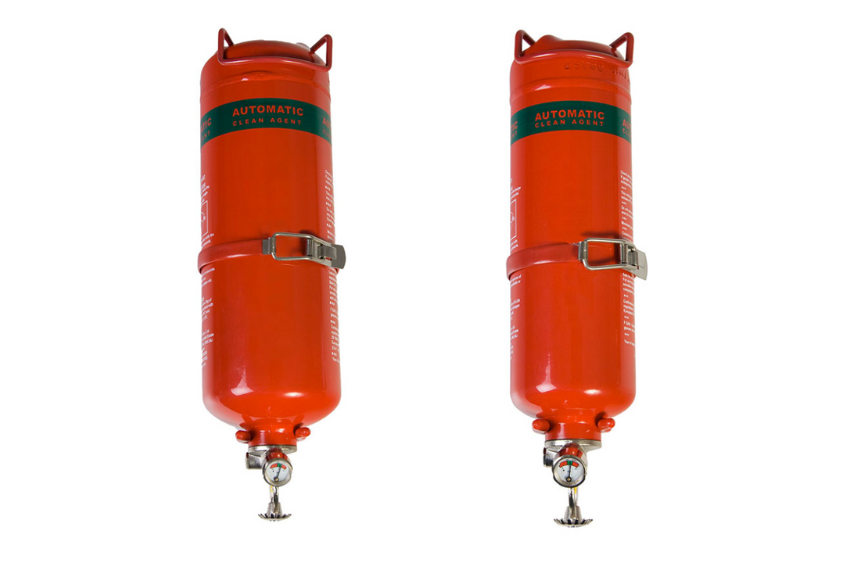When it comes to fire safety, it’s essential to be well-versed in the different classes of fires and the best ways to combat them. In this blog post, we’ll focus on Class C fires, also known as flammable gas fires. Understanding these fires is crucial for your safety and the safety of those around you.
What Are Class C Fires?
Class C fires involve flammable gases. They can occur in various settings, including industrial environments, laboratories, and even in the home. These fires can be any flammable gases such as propane, butane, methane, and natural gas.
Types of Fire Extinguishers for Class C Fires
Class C is not one of the more common types of fire. This can make them a challenge to find protection for. However, there are a few types of extinguishers that can be used on Class C fires:
1. Dry Powder Fire Extinguishers (ABC): These versatile extinguishers can be used on flammable gas fires along with Class A (ordinary combustibles), Class B (flammable liquids) and Electrical fires. They typically contain a mixture of monoammonium phosphate and ammonium sulfate as the extinguishing agent.
2. Monnex Dry Powder Fire Extinguishers: The Monnex fire extinguisher was created for high-risk circumstances likely on an industrial level. This fire extinguisher is given the BCE fire rating meaning it is able to combat Class B, C and Electrical fires.
3. Clean Agent Fire Extinguishers: These extinguishers use gases such as Halon, Halotron, or FM-200 to suppress fires without leaving residue. They are safe for use on Class C fires and are commonly used in data centres and other sensitive electronic environments.
Extinguishing Class C Fires
If you have to deal with a Class C fire, it is essential to use the appropriate fire extinguisher to avoid exacerbating the situation. Understanding which fire extinguisher to use and how to use them on a live fire is vital for your safety and the safety of others. Here’s how to use one of these fire extinguishers:
1. Pull the Pin: The first step is to pull the pin to break the tamper seal.
2. Aim at the Base: Aim the nozzle or hose at the base of the fire, not at the flames.
3. Squeeze the Handle: Squeeze the handle to release the extinguishing agent.
4. Sweep Side to Side: Using a side-to-side sweeping motion, cover the entire fire until it is out.
Remember that safety is a priority when dealing with any fire. If a fire is out of control or you’re unsure how to use a fire extinguisher, evacuate the area and call emergency services immediately.
Examples of Flammable Gases
Understanding which gases are flammable is crucial in identifying a Class C fire. Here are some examples of flammable gases:
1. Propane: Commonly used in grills, camping stoves, and heating systems.
2. Butane: Often found in portable butane stoves, cigarette lighters, and aerosol propellants.
3. Methane: The main component of natural gas used for heating and cooking.
4. Hydrogen: Used in various industrial applications, including the production of ammonia and as a rocket fuel.
5. Acetylene: Commonly used in welding and cutting applications.
6. Ethylene: Found in certain industrial processes and used in the production of plastics.
Understanding the flammable gases in your environment is the first step in preventing potential fires.
In conclusion, Class C fires (fires fueled by flammable gases) can pose significant dangers if not handled correctly. It’s crucial to be aware of the types of flammable gases in your surroundings and have the appropriate fire extinguisher on hand.
Safety and preparedness are key in preventing and managing fires, ensuring the well-being of both people and property.

 Cart is empty
Cart is empty 


